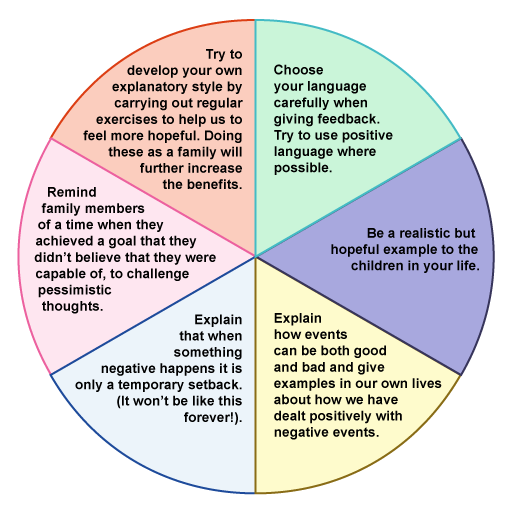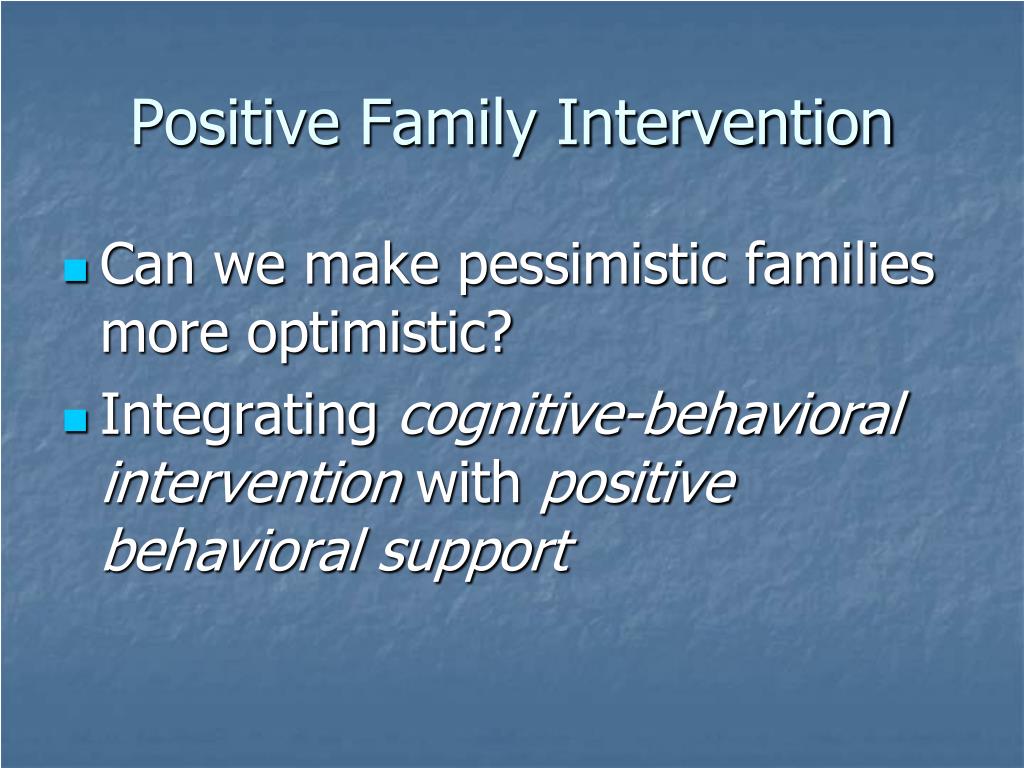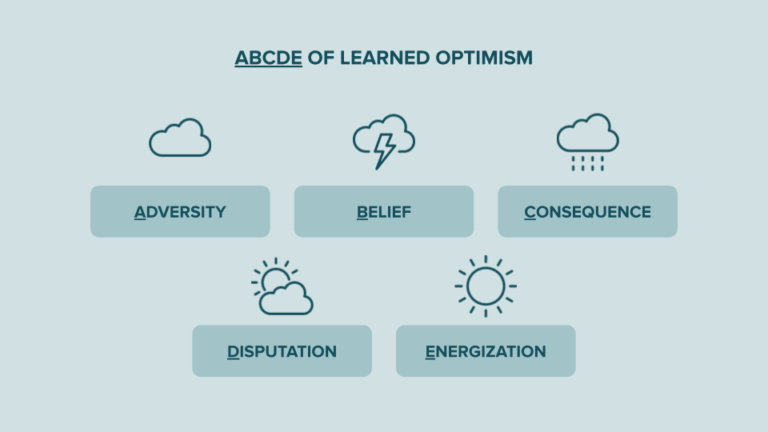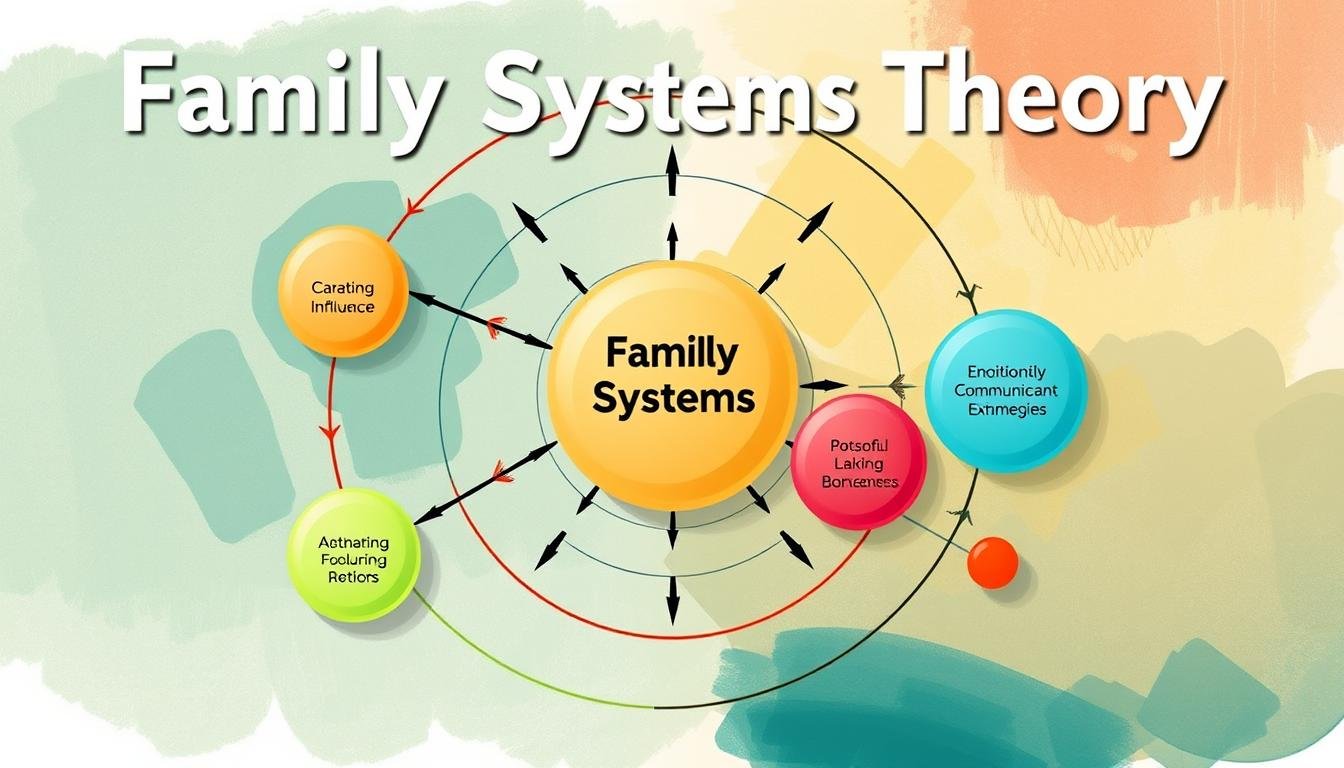Why Is Modeling Optimism Helpful To Families

In an era defined by constant change and unprecedented challenges, families are increasingly seeking effective strategies to navigate uncertainty and foster resilience. One approach gaining significant traction among experts and parents alike is the conscious cultivation and modeling of optimism.
But what exactly does it mean to model optimism, and why is it so crucial for family well-being? This article explores the science-backed benefits of optimism within the family unit, examining how it can positively impact children's development, improve familial relationships, and enhance overall mental health for all members.
The Power of a Positive Outlook
Optimism, in its simplest form, is the tendency to expect positive outcomes. It's not about ignoring reality or dismissing challenges, but rather about approaching situations with a belief in one's ability to cope and a hope for a favorable resolution.
Research consistently demonstrates the profound impact of optimism on various aspects of life. According to the American Psychological Association (APA), optimistic individuals tend to experience better physical health, increased longevity, and greater success in achieving their goals.
Why Optimism Matters for Children
For children, witnessing and internalizing optimistic attitudes from their parents or caregivers can be particularly transformative. Modeling optimism can significantly shape their own cognitive and emotional development. It provides them with a framework for understanding and responding to the world.
Children learn by observing the adults around them. If parents consistently model a problem-solving attitude and maintain a hopeful outlook, their children are more likely to adopt these same traits. This can lead to increased resilience in the face of adversity.
Dr. Laura Markham, a renowned parenting expert, emphasizes the importance of parents showing children how to reframe negative thoughts and focus on potential solutions. "When parents model optimism, they're essentially teaching their children how to be mentally strong," she notes.
Benefits for Family Dynamics
The benefits of modeling optimism extend beyond individual well-being, profoundly impacting family dynamics. Optimistic families tend to communicate more effectively, experience less conflict, and enjoy stronger bonds.
When families approach disagreements with a belief in their ability to find a resolution, they are more likely to engage in constructive dialogue and compromise. This fosters a sense of teamwork and collaboration within the family unit.
Furthermore, optimism can create a more positive and supportive home environment. Families who focus on the good in their lives, celebrate successes (both big and small), and express gratitude tend to be happier and more connected. It becomes a cycle where positivity breeds more positivity.
Combating Stress and Building Resilience
In today’s fast-paced world, families face numerous stressors, from financial pressures to academic demands. Modeling optimism can serve as a powerful buffer against the negative effects of stress.
When faced with challenges, optimistic individuals are more likely to view them as temporary setbacks rather than insurmountable obstacles. They are more likely to seek out solutions and support, rather than succumbing to despair.
Researchers at the University of Pennsylvania have found that teaching optimism skills can significantly reduce symptoms of depression and anxiety in both children and adults. This highlights the potential of optimism as a preventative mental health strategy for families.
Practical Strategies for Modeling Optimism
Modeling optimism doesn't require a complete personality overhaul. It's about making small, conscious changes in language, behavior, and mindset. One key strategy is focusing on solutions rather than dwelling on problems.
When a challenge arises, encourage open discussion about possible solutions and brainstorm ideas as a family. Teach children how to identify and reframe negative thoughts. For example, instead of saying "I can't do this," try "This is difficult, but I can learn how to do it."
Another effective strategy is practicing gratitude. Encourage family members to express appreciation for the good things in their lives, both big and small. This can be done through daily gratitude journals, family dinner discussions, or simply taking the time to say "thank you." Celebrating successes, acknowledging effort, and fostering open communication are essential components.
It is equally important to acknowledge and validate feelings, even negative ones. Modeling optimism doesn't mean suppressing emotions, but rather learning healthy ways to cope with them. Families should create a safe space where all members feel comfortable expressing their feelings without judgment.
For example, a parent can acknowledge a child's disappointment over a failed test while simultaneously emphasizing the opportunity to learn from the experience and improve in the future.
A Long-Term Investment
Modeling optimism is not a quick fix, but rather a long-term investment in family well-being. By consistently demonstrating a positive and resilient attitude, parents can equip their children with invaluable life skills that will serve them well throughout their lives. It's a gift that keeps on giving, strengthening familial bonds and fostering a sense of hope for the future. This could even have a profound impact on future generations.
The research is clear: optimism is a powerful force. When families embrace and cultivate optimism, they create a foundation of strength, resilience, and happiness that can withstand the inevitable storms of life. It's a choice that can transform not only individual lives but also the entire family dynamic.








+Be+Optimistic+Today+blog.png?format=1500w)









